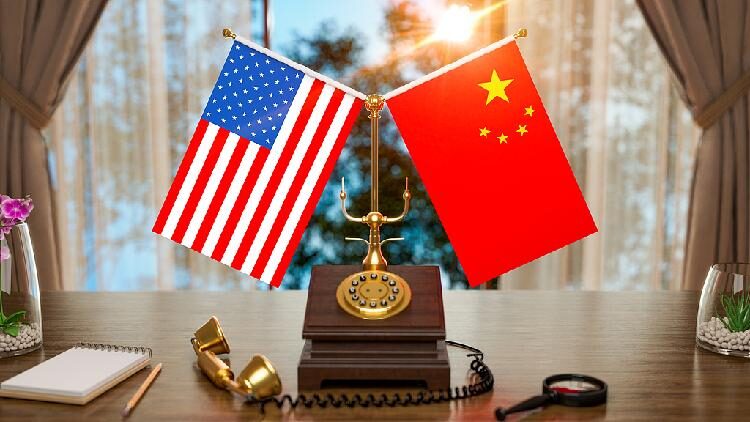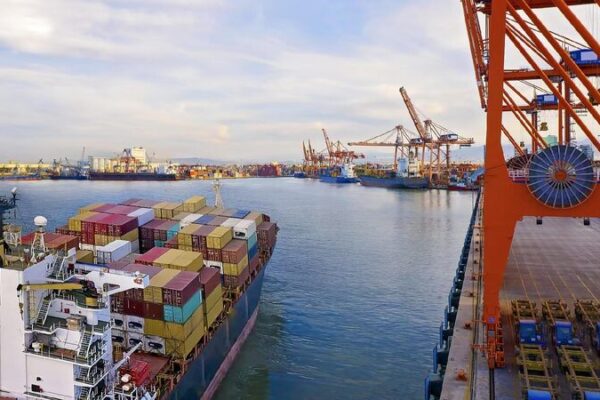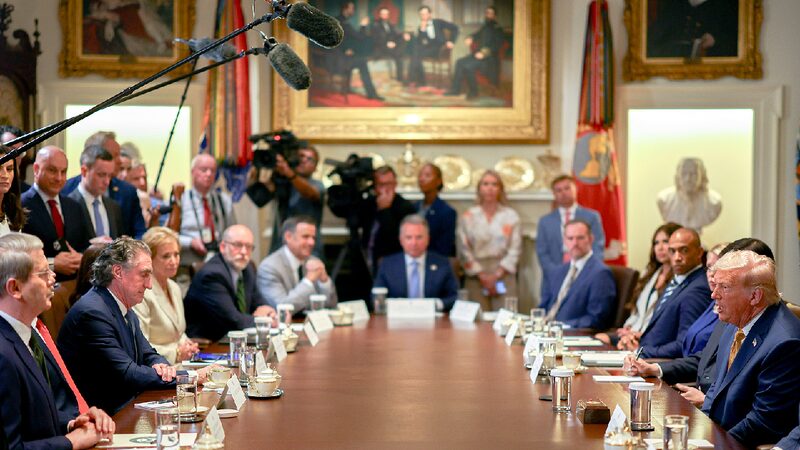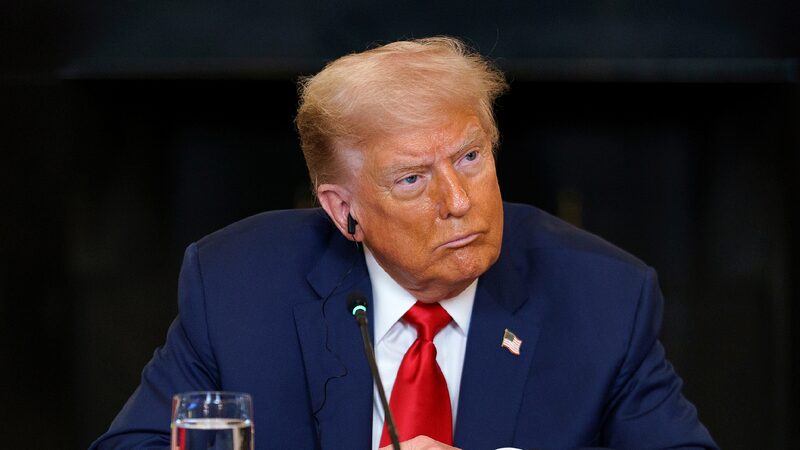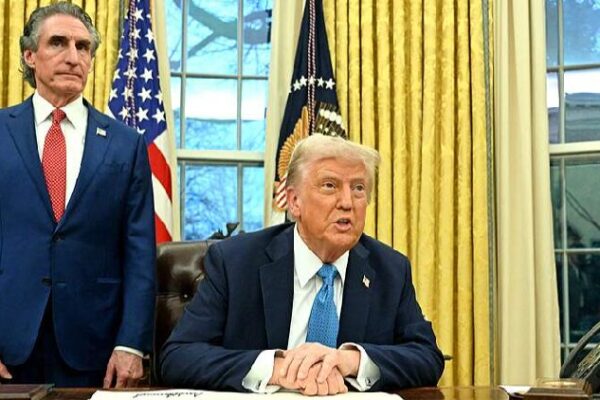China’s Strategic Resilience Amid New U.S. Tariffs
China is demonstrating strategic resilience as the new U.S. administration announces a 10% additional tariff on Chinese imports, effective February 4, 2025. While some observers anticipated harsher measures from what is considered one of the most hawkish U.S. governments in history, China remains confident in managing this crucial bilateral relationship.
Over the past eight years, the global landscape has shifted significantly. The United States’ share in China’s foreign trade has decreased from 14.2% in 2017 to approximately 11.2% in 2023. Meanwhile, China’s exports have grown, capturing 14.2% of the international market, up from 12.8%. China’s international standing has also been enhanced through partnerships in the Global South, especially under the Belt and Road Initiative and the BRICS mechanism.
China has navigated past challenges in its relations with the U.S. When Chinese tech companies like Huawei faced restrictions, China made notable breakthroughs in chip technology. In response to unrest in the Hong Kong Special Administrative Region, China introduced the national security law, restoring stability and strengthening the rule of law.
Despite intensified policies targeting China—such as tariffs, technology restrictions, and geopolitical tensions involving the Taiwan region and Xinjiang—the U.S. containment strategy has not hindered China’s growth. The new tariffs are viewed as “old wine in a new bottle,” echoing tactics China has already addressed with effective countermeasures.
When the U.S. imposed extra tariffs in 2018 under the pretext of addressing trade deficits, the measures proved ineffective. This time, the administration cites the fentanyl crisis as justification. However, the root causes of such issues lie within the U.S.
The U.S. faces complex internal and external challenges. Domestically, political polarization has become more pronounced, undermining governance and global leadership. Internationally, involvement in the Ukraine crisis and Middle East conflicts stretches resources thin. Prioritizing a confrontational China policy may risk overstretching the U.S. and weakening its own position.
Amid these tensions, there are positive signs. Bilateral trade between China and the U.S. totaled an estimated $758.4 billion in 2022, defying calls for decoupling. Mutual investments remain strong, with China holding close to $800 billion in U.S. Treasury bonds. China has also pledged to invite 50,000 young Americans to visit over the next five years for exchange and study programs.
China and the U.S. have opportunities to collaborate on global challenges like artificial intelligence. Focusing on shared goals could benefit both nations and contribute to a better future for humanity.
With new reform measures introduced at the third plenary session of the 20th Communist Party of China Central Committee, China is embarking on a path toward greater openness and development. China will continue to navigate relations with the U.S. with resilience and confidence.
Reference(s):
Navigating China-U.S. relations: China's strategic resilience
cgtn.com
